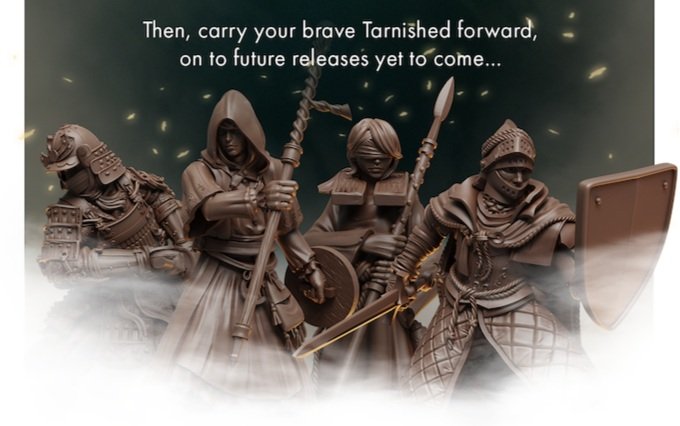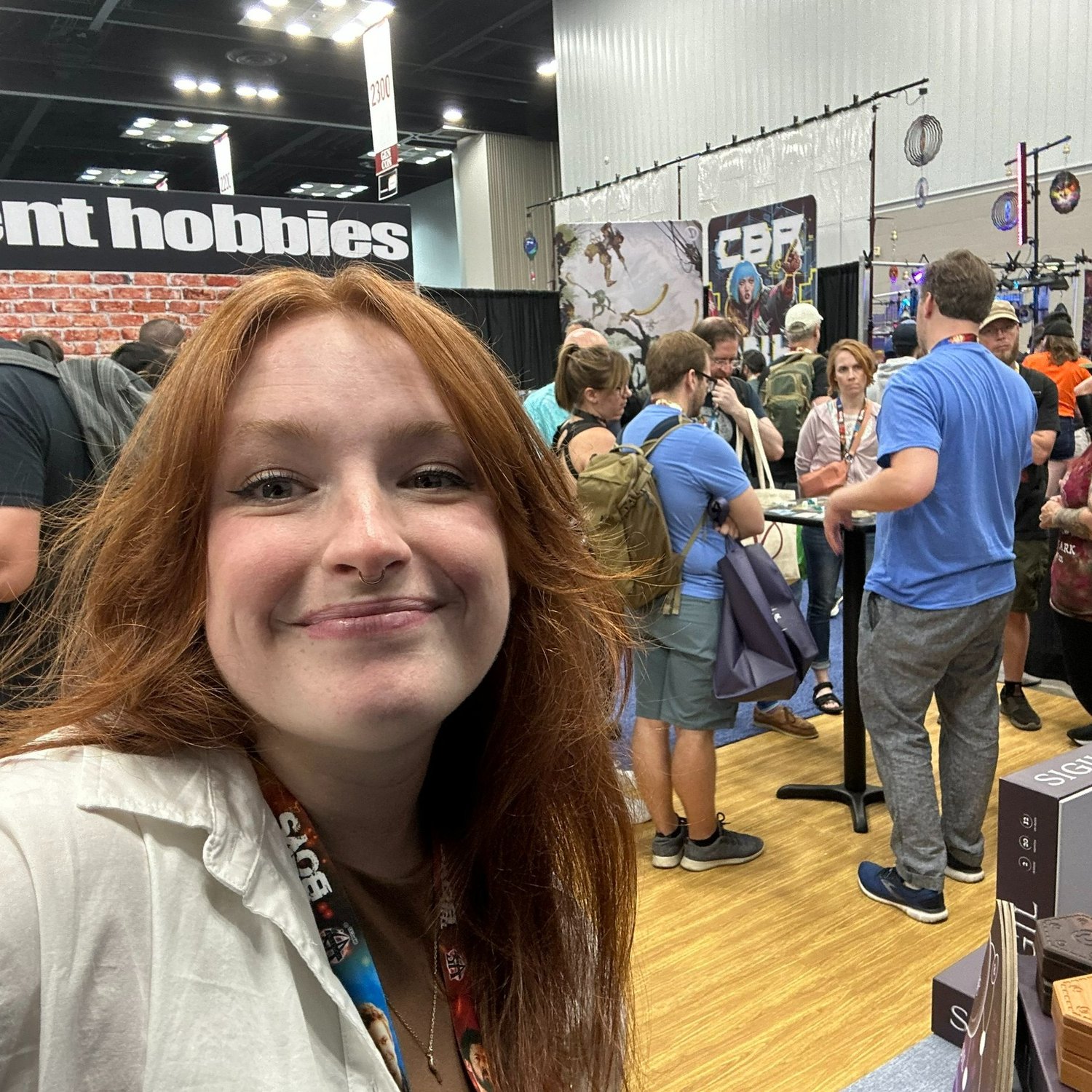Go With the Flow
No two demos are going to be the same, so it’s important to make sure everyone knows your games inside and out, and to stay flexible in a teach.
Some gamers like to skip around and ask a bunch of questions, some gamers are hands on with components, some are content to let you monologue.
And all those approaches are ok.
Converting a Sale
The ultimate goal of demoing at a convention is to show off your games and get them into the hands of people who will love and play them.
This means that you need a call to action to convert those would be fans into consumers. At Gen Con we ran a special price on Nut Hunt (since we didn’t have to pay for shipping). This was a strong incentive to buy the game now, rather than wait and mull it over, and maybe let it slip their mind on their flight home.
Sigil was a harder sale since we don’t have physical copies to sell (we wrapped up the Kickstarter in June and were taking late pledges at the con).
What I found worked for Sigil was to be frank about where in the process we were, and to appeal to consumers who the game really clicked with.
This is roughly the closing script I settled on by the end of the weekend.
“Sigil is our second game. It’s not even out yet. For context, we Kickstarted Nut Hunt last June and delivered it over two months ahead of schedule in January. We Kickstarted Sigil this June, and like Nut Hunt are targeting a March delivery. We can’t promise it will be early because obviously some things are out of our hands, but from our perspective we are on schedule.
“So, what we’re asking people to do today is to go on our website and join the mailing list, and you’ll get notified when we open it up to late pledges next month.
“And, what’s been pretty incredible is that a lot of people know they want the game today. They either demo it or sit down and play it. And, this is one of those games where if this is in your genre – if you like GO, Hive, Onitama – if this is your kind of game, then once you play this you’ll love it.
“If you know already that you want the game, then what we can do today is ring you up and charge you for the base game, and we’ll get your email and when we open up the pledge manager next month you’ll already be in there with all of the Kickstarter backers and have access to the add-ons and all the Kickstarter components.
I think the script I settled on did a couple of things really well.
-
It gave context around where we are in the process and set expectations.
-
It didn’t pressure people to buy now – but gave them a few ways to engage with us.
-
It normalized late pledging in person at the convention.
People like being part of a crowd, and by highlighting that a lot of people were taking the late pledge in person option, I normalized for our con goers that it was a good route to go.
Stay Hydrated
Cons are long, you’ll be talking a lot and your voice will start to go. So, stay hydrated. Take breaks when you need them. Treat yourself well and you’ll keep up that energy to have a successful con full of memorable demos with amazing people.
What are your favorite demo experiences?
![]()


